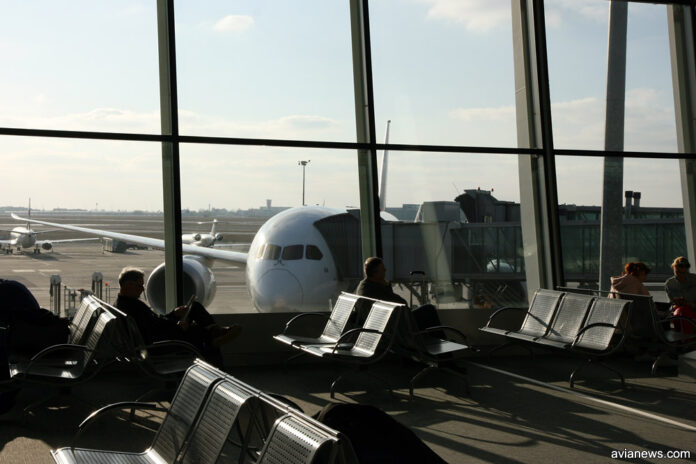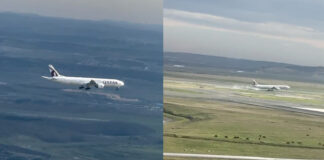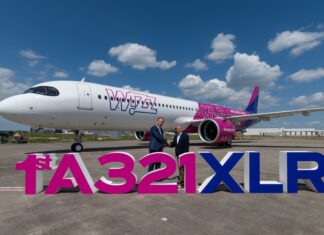Over the past decade, most major European airlines have faced an exodus of passengers to low-cost carriers. Offering a basic but extremely cheap service, budget airlines have been pushing traditional carriers out of the economy-class segment.
However, full-service airlines are now adopting some of the controversial yet effective strategies used by their budget counterparts. The reason is simple: airlines are a business. And any business wants to earn more and spend less. Here are the Top 5 strategies traditional airlines have borrowed from low-cost carriers — and benefited from.
1. Charging for Carry-On and Checked Baggage
Paid baggage — and later even paid carry-on — became a hallmark of low-cost carriers. Just ten years ago, it was hard to imagine traditional European airlines introducing such fees. But Lufthansa was the pioneer, soon followed by other full-service carriers like Air France, KLM, LOT, Turkish Airlines, and others.
Initially, baggage-free fares were only applied to European routes, but eventually, they expanded to intercontinental flights too.
Some legacy airlines went even further. Finnair, for example, split carry-on luggage into “small” and “large” categories, following the lead of Wizz Air and Ryanair. Now, passengers with the cheapest tickets are allowed only a small bag, while a typical cabin-sized suitcase requires an extra fee.
2. Maximum Number of Seats on Aircraft
Low-cost carriers install the maximum number of seats permitted by safety regulations. For example, Ryanair’s Boeing 737-800 has 189 seats — the maximum. Likewise, Wizz Air’s Airbus A320neo carries 186 passengers, again the aircraft’s limit.
The approach proved so simple and effective that traditional airlines adopted it too. Previously, they didn’t chase seat counts, allowing for more passenger comfort, including legroom.
Now, some full-service carriers pack seats so tightly that flying economy on a legacy airline can feel more cramped than on a budget airline. For instance, Lufthansa configures its A320neo with 180 seats. But because business class takes up room at the front, economy passengers have even less legroom than on Wizz Air’s similarly configured plane, where seat spacing is more uniform.
3. Non-Reclining Seats
Non-reclining seats used to be a clear sign of a budget airline. Now, more and more traditional carriers are installing them too.
The reason is cost-saving — these simpler seats are cheaper to buy, maintain, and replace. Also, when planes are packed with as many seats as possible, reclining creates discomfort for the person behind. No recline mechanism means fewer complaints from passengers.
4. Random Seating Assignments
The cheapest tickets on low-cost carriers usually only include the flight itself — seat selection costs extra. More traditional airlines are now mimicking this.
Initially, legacy carriers began charging for advance seat selection but still allowed free seat choice during online check-in. However, even that option is now disappearing for low-cost fares.
Today, if you’re flying Lufthansa or Turkish Airlines on a budget ticket, expect to be assigned a middle seat or one near the restroom. If you want to change it, you’ll have to pay — or accept random seating.
5. Paid Onboard Meals
Free meals and drinks on board were once a trademark of full-service airlines. They competed with each other in terms of menu quality and presentation, even offering metal cutlery to give passengers a restaurant-like experience. Over time, in-flight food service became simpler, and with the rise of low-cost carriers in Europe, it became paid altogether.
Now, on most flights by Europe’s traditional airlines, passengers can expect — at most — a glass of water or tea and a small sandwich, unless they pay extra. Major players like Lufthansa, Austrian Airlines, Swiss, British Airways, and SAS now offer snacks in economy class only for an additional charge.







